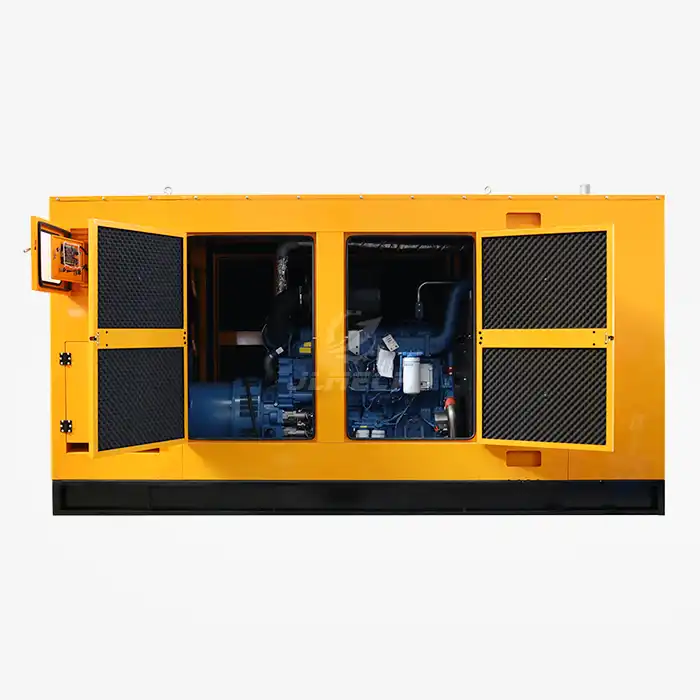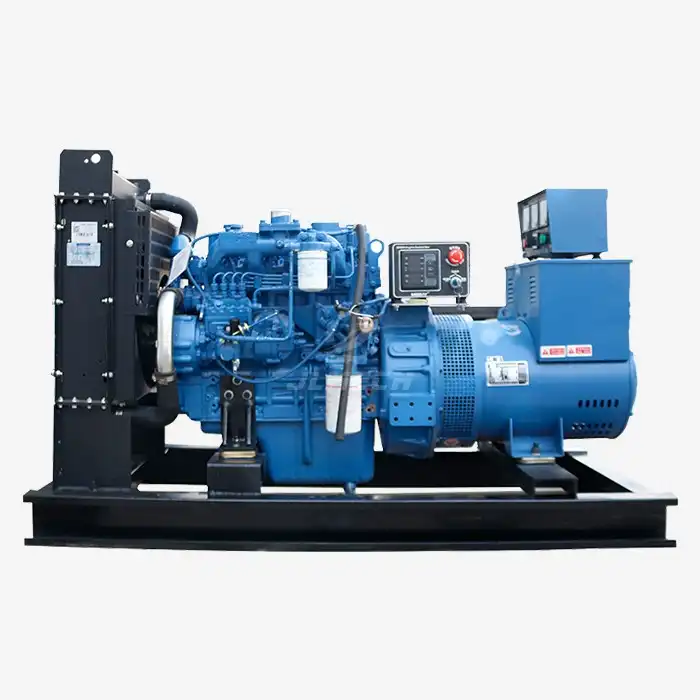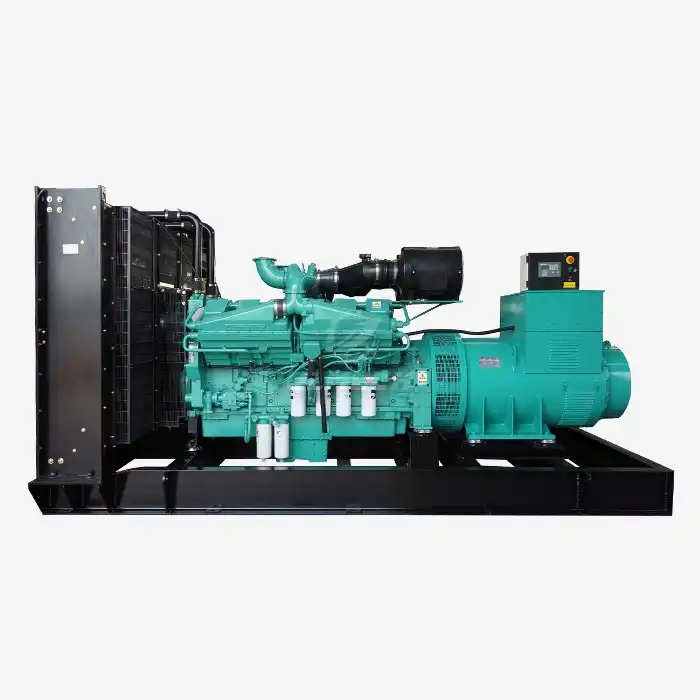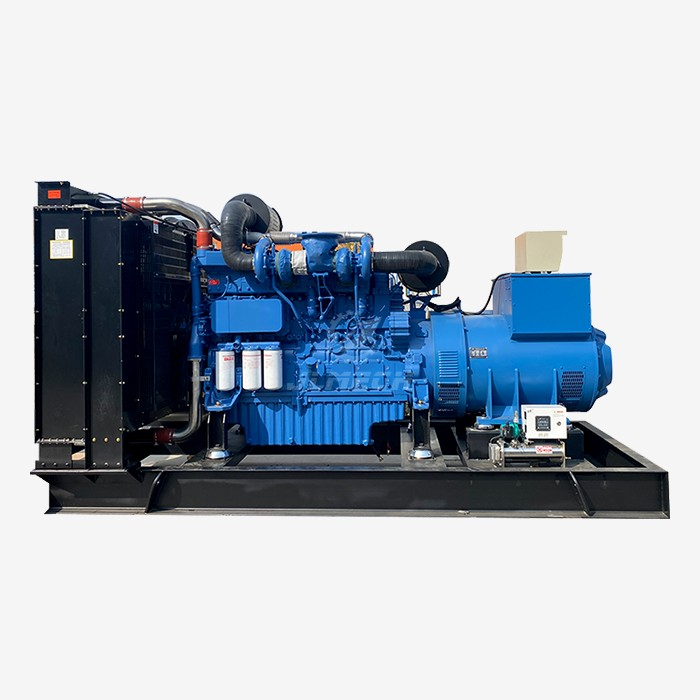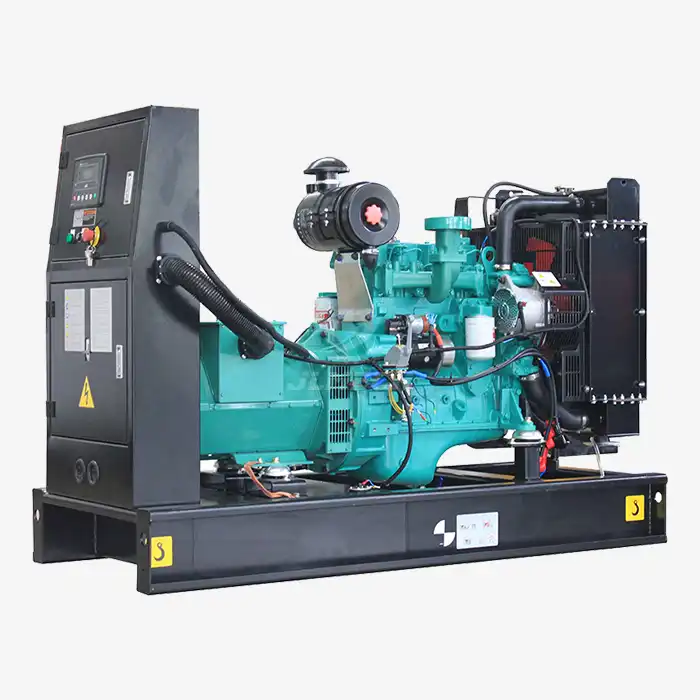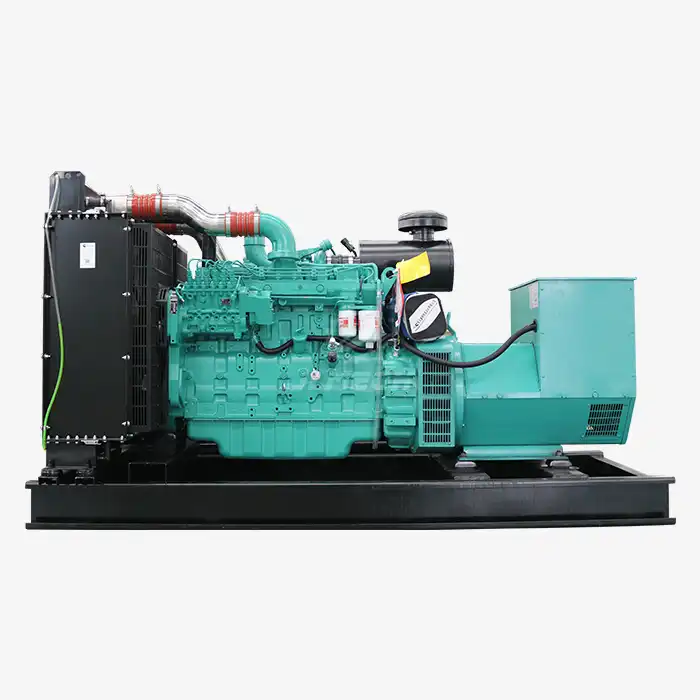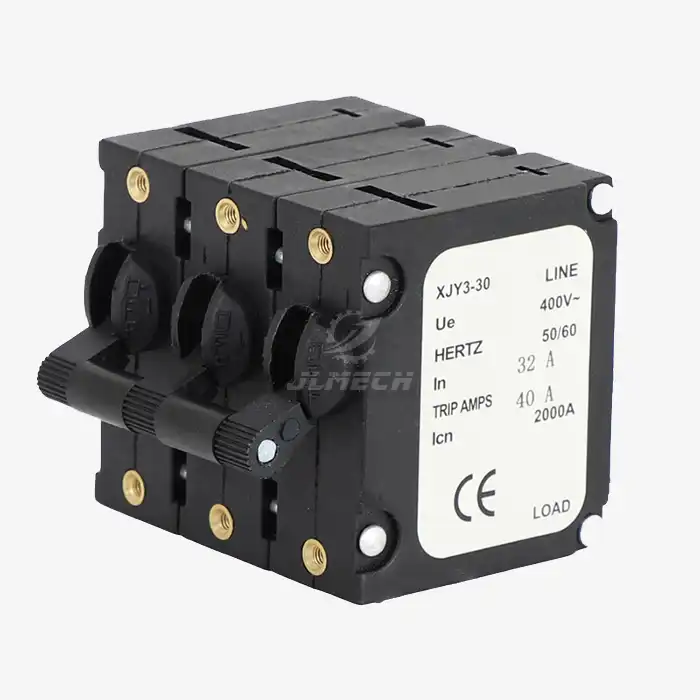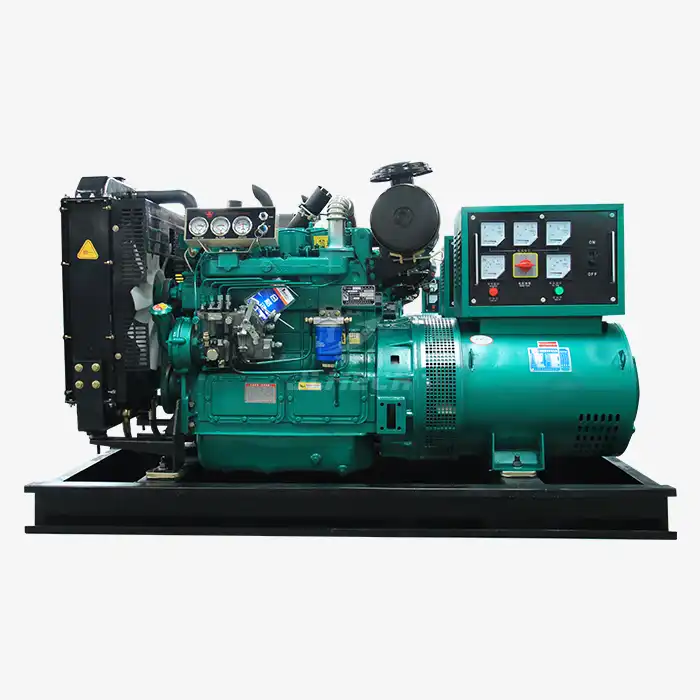How do you know if your diesel has a bad air intake?
Recognizing the signs of a failing air intake system is crucial for maintaining your diesel generator's performance and preventing costly damage. A compromised Diesel air intake system can lead to reduced engine efficiency, increased fuel consumption, and potential long-term damage to internal components. Understanding these warning signs enables early detection and intervention, helping you avoid unexpected downtime and maintain optimal generator performance. This guide outlines the key indicators of air intake problems and provides practical steps for diagnosis and resolution.
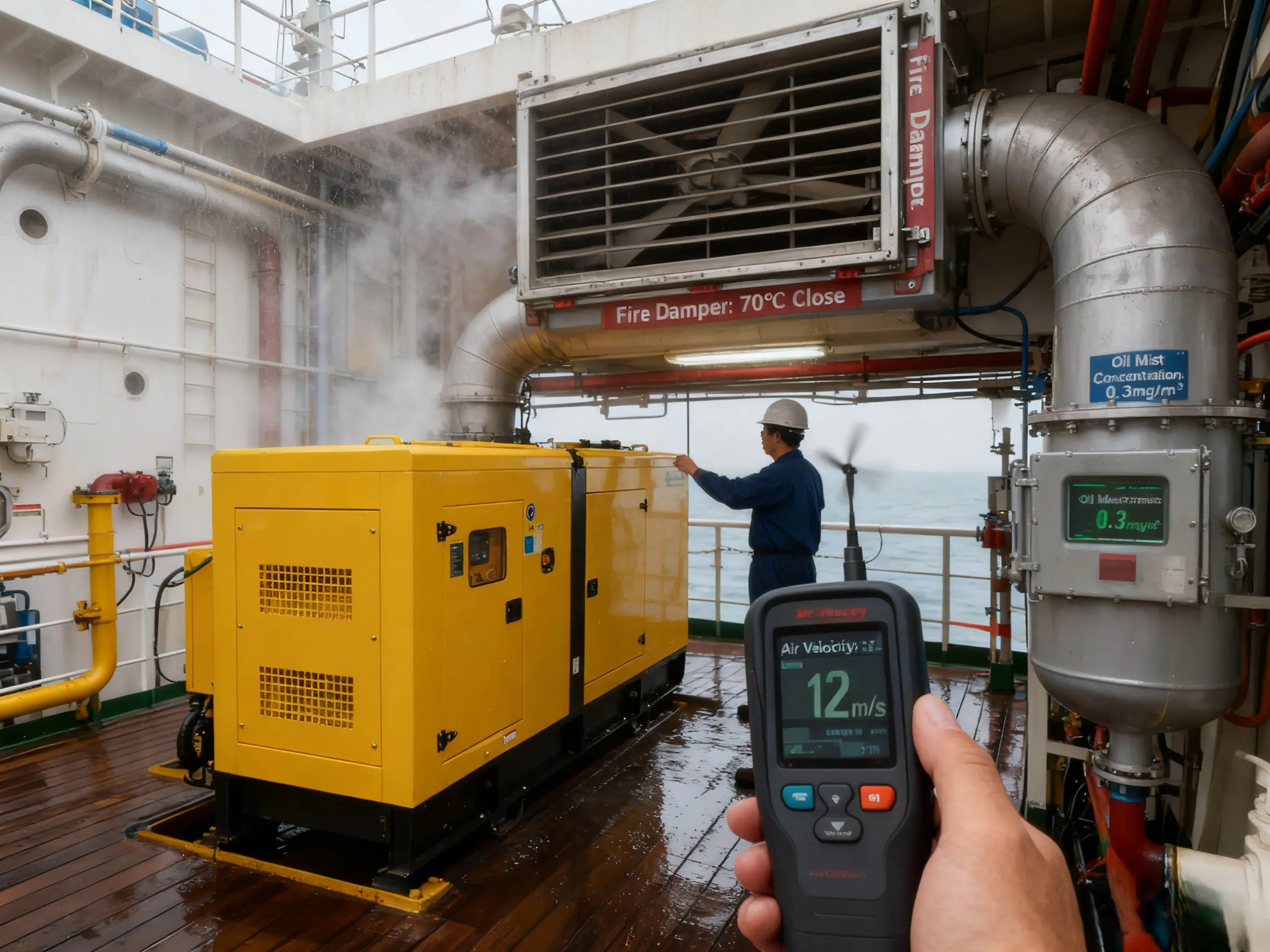
Key Symptoms and Indicators
Several noticeable signs can alert you to potential air intake system issues:
Visible Performance Issues:
Black or gray exhaust smoke indicating incomplete combustion
Significant loss of power under load conditions
Engine hesitation or stumbling during acceleration
Reduced fuel efficiency beyond normal variations
Audible Warning Signs:
Unusual whistling or hissing sounds from the engine compartment
Increased engine noise during operation
Turbocharger whine at higher RPMs
Unusual suction sounds when the engine is running
Operational Abnormalities:
Engine running rougher than usual at idle
Difficulty starting in normal conditions
Unexpected engine shutdowns or stalling
Check engine light illumination with air flow codes
Physical Evidence:
Dust or debris accumulation around air filter housing
Visible damage to intake pipes or connectors
Oil contamination in the air intake tract
Loose or disconnected vacuum lines
On-Site Diagnostic Methods
Simple diagnostic procedures can help identify air intake problems:
Visual Inspection Steps:
Check air filter condition and replacement status
Examine all intake piping for cracks, holes, or loose connections
Inspect hose clamps and mounting brackets for tightness
Look for oil residues around the turbocharger and intercooler
Basic Operational Tests:
Monitor engine behavior during startup and load application
Listen for unusual sounds while gradually increasing engine speed
Check for vacuum leaks using soapy water solution on connections
Verify proper operation of air filter restriction indicators
Simple Measurement Techniques:
Compare actual fuel consumption against established baselines
Monitor exhaust smoke color and density under different loads
Check for proper turbocharger operation through boost pressure monitoring
Verify intake temperature readings are within normal ranges
A systematic approach to diagnosing your Diesel air intake system helps identify issues before they cause significant engine damage.
Professional Detection Methods
Advanced diagnostic techniques for comprehensive assessment:
Electronic System Analysis:
Scan for trouble codes related to air flow and pressure
Analyze live data from mass air flow sensors
Monitor manifold absolute pressure sensor readings
Check for proper operation of temperature sensors
Performance Testing:
Conduct pressure tests to identify leaks in the intake system
Perform airflow measurements to verify system efficiency
Test turbocharger boost pressure under various load conditions
Measure pressure drop across air filter and intercooler
Component-Specific Diagnostics:
Verify proper operation of wastegate and variable geometry mechanisms
Test intercooler efficiency through temperature differential measurements
Check for proper sealing of all gaskets and connections
Validate operation of crankcase ventilation systems
Common Failure Patterns
Understanding typical failure modes helps targeted diagnosis:
Filter System Failures:
Clogged air filters causing restricted airflow
Damaged filter housing allowing unfiltered air entry
Failed seals permitting air bypass around filter elements
Water intrusion damaging filter media and sensors
Turbocharger-Related Issues:
Damaged compressor wheels from ingested debris
Worn bearings causing reduced boost pressure
Stuck variable geometry mechanisms limiting performance
Oil leaks contaminating the intake tract
Intake System Leaks:
Cracked intercoolers losing boost pressure
Loose connections between intake components
Damaged intake manifold gaskets causing vacuum leaks
Perished rubber connectors allowing unfiltered air entry
Regular inspection of your Diesel air intake system helps prevent these common failures and maintains optimal engine performance.
Immediate Response Measures
Temporary solutions while awaiting proper repair:
Emergency Repairs:
Secure loose connections with appropriate clamps
Seal minor leaks with high-temperature resistant tape
Clean or replace severely contaminated air filters
Isolate damaged components to prevent further issues
Operational Adjustments:
Reduce engine load to minimize stress on compromised systems
Avoid operation in dusty or contaminated environments
Monitor engine parameters more frequently
Schedule immediate professional inspection and repair
Safety Precautions:
Never operate with completely disconnected intake components
Avoid temporary repairs that could damage other systems
Monitor engine temperature and pressure closely
Prepare for immediate shutdown if symptoms worsen
Repair and Replacement Guidance
Effective solutions for identified problems:
Component Replacement:
Use only manufacturer-approved replacement parts
Follow specified torque values for all connections
Replace all gaskets and seals during disassembly
Verify proper fitment before final assembly
Professional Service Requirements:
Turbocharger replacement and calibration
Intercooler repair or replacement
Electronic sensor calibration and programming
Complete system performance verification
Quality Assurance Measures:
Conduct pressure tests after all repairs
Verify proper operation under load conditions
Confirm elimination of all fault codes
Document all repairs and replacement parts
Preventive Maintenance Strategies
Proactive measures to avoid future problems:
Regular Maintenance Schedule:
Air filter inspection every 250 operating hours
Complete system inspection every 500 hours
Pressure testing during annual maintenance
Component replacement according to manufacturer guidelines
Monitoring Practices:
Track fuel consumption for unexpected changes
Monitor exhaust emissions for abnormal patterns
Record maintenance activities and observations
Use diagnostic tools for regular system checks
Environmental Considerations:
Adjust maintenance frequency for harsh environments
Use appropriate pre-cleaners in dusty conditions
Protect intake systems from water ingress
Ensure proper storage during generator inactivity
Proper maintenance of your Diesel air intake system significantly extends component life and maintains generator reliability.
Conclusion
Recognizing and addressing air intake system problems early is essential for maintaining diesel generator performance and preventing serious engine damage. Regular inspection, proper maintenance, and prompt attention to warning signs ensure your generator operates efficiently and reliably. A well-maintained Diesel air intake system contributes significantly to overall generator health and operational readiness.
Our technical team specializes in diagnosing and repairing air intake system issues to keep your generators performing at their best. Contact us at skala@whjlmech.com for professional assistance with your generator maintenance and repair needs.
References
Society of Automotive Engineers. (2023). SAE J1939: Diesel Engine Intake System Performance Standards. Warrendale: SAE.
International Organization for Standardization. (2022). ISO 5011:2014 Inlet air cleaning equipment for internal combustion engines and compressors. Geneva: ISO.
Diesel Technology Forum. (2023). Best Practices for Diesel Engine Maintenance and Diagnostics. Maryland: DTF.
Johnson, M. (2022). Emergency Power Systems: A Comprehensive Guide to High-Speed Diesel Generators. Power Engineering Quarterly, 45(3), 78-92.



